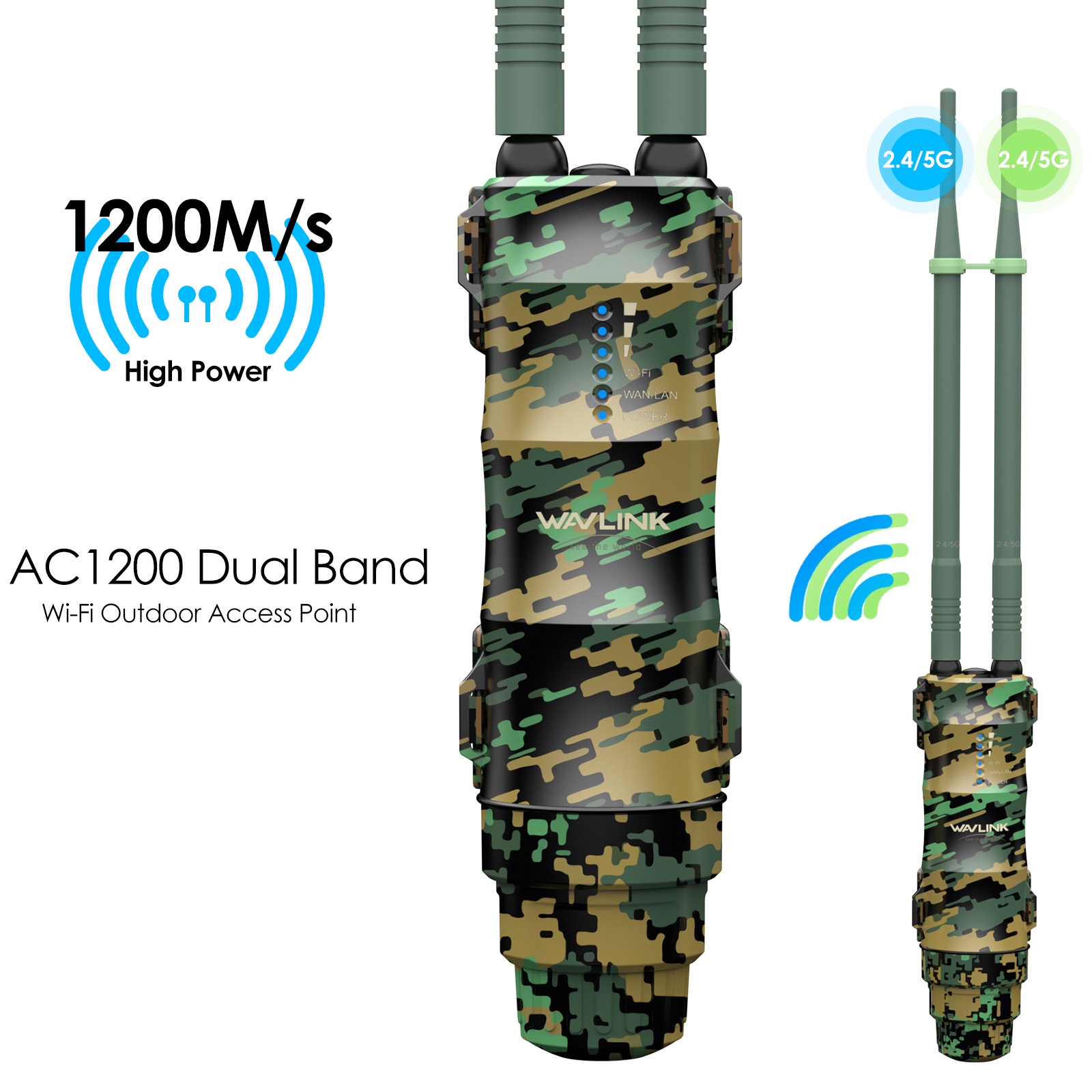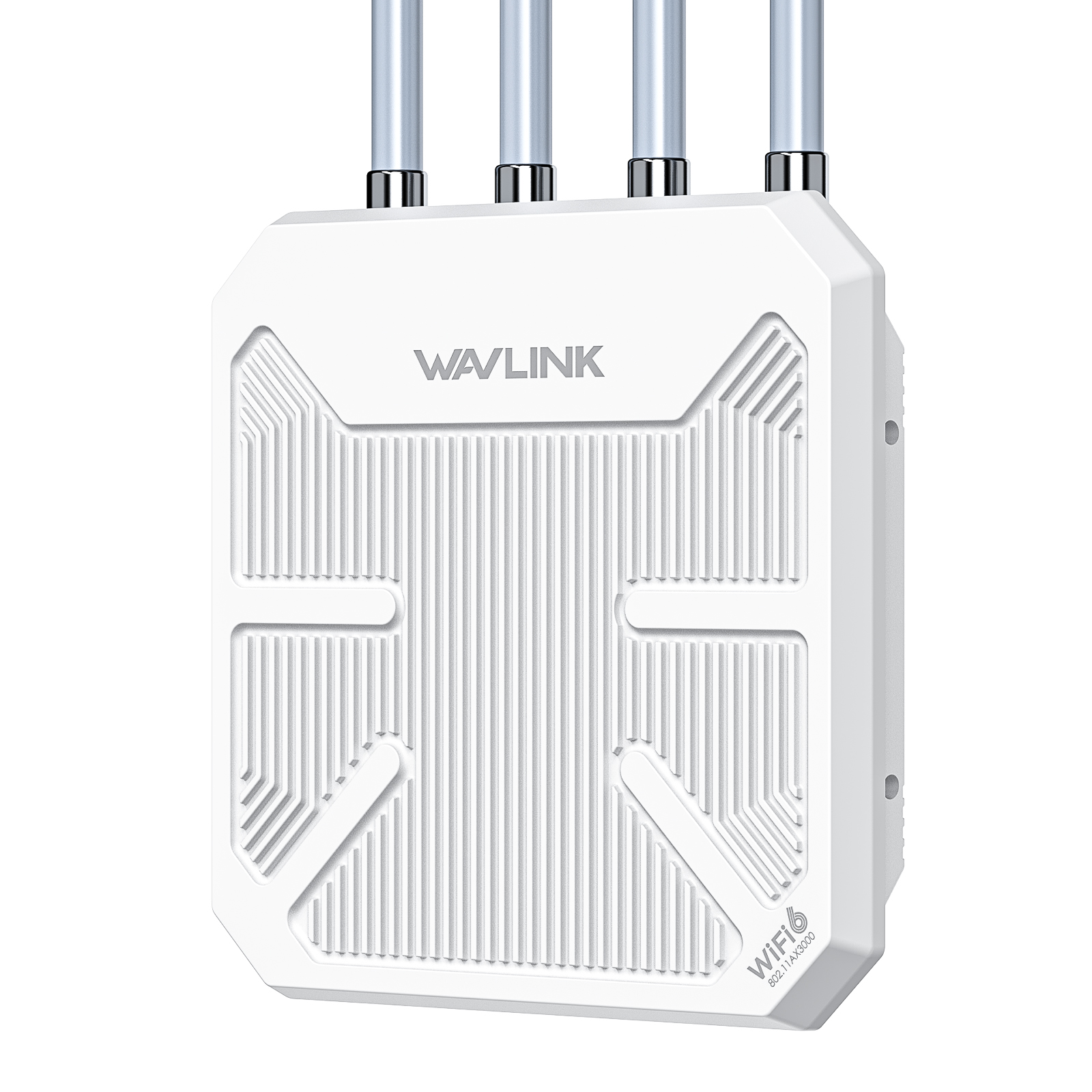Since the birth of Wi-Fi, as a wireless communication technology, it has undergone many generations of evolution. Today, Wi-Fi 6 has become the latest generation of wireless network standard, bringing more convenience to people’s lives. This article will focus on the characteristics, technical principles, and application scenarios of Wi-Fi 6, analyze the differences between it and several previous generations of wireless networks, explore its future development prospects and possible application directions.
Wi-Fi 6, also known as 802.11ax, is the sixth generation Wi-Fi standard. Compared to previous generations of Wi-Fi standards, Wi-Fi 6 has many advantages, such as higher network throughput, lower latency, better network efficiency, and stronger device compatibility. These new features make Wi-Fi 6 perform better in connecting more devices, improving network performance, and optimizing the user experience.
Technical principles: Wi-Fi 6 uses OFDM (Orthogonal Frequency Division Multiplexing) and MIMO (Multiple-Input Multiple-Output) technologies, significantly increasing network throughput and bandwidth. In addition, Wi-Fi 6 introduces new technologies such as Target Wake Time (TWT), which reduces device power consumption and extends battery life.
Application scenarios: Wi-Fi 6 is suitable for various scenarios such as homes, offices, public places, etc. At home, Wi-Fi 6 can connect more devices such as smart home devices and HD video streaming. In the office, Wi-Fi 6 can improve the work efficiency of employees. In public places, Wi-Fi 6 provides users with a high-speed and stable network connection.
Wi-Fi 6 and 5G: Although Wi-Fi 6 and 5G are both new generation wireless network standards, they have differences in application scenarios and performance indicators. 5G primarily focuses on mobile communication, while Wi-Fi 6 is mainly used for fixed-position device connections.
Wi-Fi 6 and Bluetooth: Bluetooth is a short-range wireless communication technology primarily used for data transmission between devices. Compared with Bluetooth, Wi-Fi 6 has higher bandwidth and longer coverage range, suitable for larger network connection requirements.
Development prospects: With the popularity of various smart devices, people have increasingly high demands for high-speed and stable network connections. Wi-Fi 6, as a new generation wireless network standard, will meet these requirements and is expected to be widely used in the future.
Application directions: In scenarios such as households, offices, and public places, Wi-Fi 6 will provide users with faster and more stable network connections. For example, the connection of smart home devices will be smoother, and HD video streaming will be more seamless. Additionally, Wi-Fi 6 is also suitable for large-scale IoT applications, such as smart cities, intelligent manufacturing, and other fields.
In practice, it is essential to explore and implement Wi-Fi 6 to fully utilize its advantages and potential. Governments and enterprises can collaborate to promote the popularization of Wi-Fi 6, improve network connection speed and stability, and optimize user experience. Meanwhile, researchers and developers can continuously innovate, explore new applications and modes for Wi-Fi 6 to achieve more efficient and intelligent wireless network connections.
The application prospects of Wi-Fi 6 are very broad. In addition to common scenarios such as households, offices, and public places, Wi-Fi 6 is also suitable for some special scenarios, such as smart cities, industrial IoT, remote medical services, etc. In these scenarios, Wi-Fi 6 can provide faster and more stable network connections, helps achieve intelligent city management, industrial production, medical services, and other fields. Additionally, Wi-Fi 6 provides more possibilities for emerging application models such as virtual reality, augmented reality, smart homes, etc.
Overall, Wi-Fi 6 is a very important wireless network standard that represents the direction of future network connections. By deeply understanding the technical principles and application scenarios of Wi-Fi 6 and actively exploring its practical applications, we can better utilize this advanced technology to achieve more efficient and intelligent wireless network connections, contributing to social progress and improving human quality of life.
Wi-Fi repeater is a common type of Wi-Fi 6 extender that can expand the range of a Wi-Fi signal.
Get the Scoop First
Subscribe to our official website to receive exclusive first-hand news and stay up-to-date on our new product releases and promotions!



